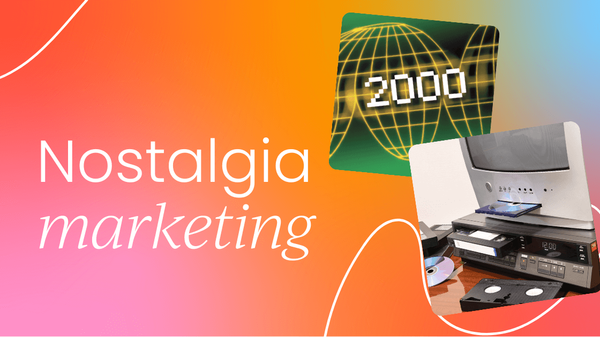Nostalgia, somewhat ironically, is very much “in” right now.
Why’s that? In a world filled with uncertainty and stress – think global pandemics, rising interest rates, and relentlessly grim news cycles – people are increasingly searching for ways to escape.
The beauty of nostalgia? You don’t have to go anywhere at all.
Interestingly, Gen Z, born between 1997 and 2006, has developed an unexpected affinity for an era many of them never experienced firsthand. In fact, a study reveals that 37% of Gen Z feels nostalgic for the 1990s – a decade when the oldest among them were barely toddlers, and many weren’t even born yet.
So, what’s behind this fascination with the '90s? For Gen Z, it’s less about reliving personal memories and more about the appeal of the era’s perceived atmosphere. They're drawn to a time they imagine as more carefree, playful, and focused on fun.
In a world marked by ongoing stress and global upheaval, this idealized version of the '90s offers an enticing escape to a seemingly simpler, happier time.
Businesses have been quick to catch on, capitalizing on this trend with what’s known as "nostalgia marketing." Even if you’re not familiar with the term, you’ve certainly seen it in action.
In this article, I’ll explore this fascinating phenomenon that’s making waves in the marketing world, covering:
- What nostalgia marketing is
- Why nostalgia marketing works so well
- Examples of nostalgia marketing in action
- Tips for using nostalgia marketing effectively
What is nostalgia marketing?
Nostalgia marketing is basically when brands tap into our warm fuzzy feelings about the past to sell to us. They remind you of how great things were back in the past and churn out these feelings in their customers that, if they buy the thing they’re selling which creates this nostalgic feeling, the customer will feel that way again.
Think about how Nintendo keeps releasing "classic" versions of their old consoles, or how fashion cycles back around - suddenly everyone's wearing crop tops and high-waisted jeans like it's 1995 again. Or, even when cereal brands bring back their old mascots or packaging designs.
We’ll talk more about specific examples later.
But interestingly, it's not even always about targeting people who lived through that specific era. I’m sure you’ve seen teens recently getting hyped for vinyl records and Polaroid cameras - stuff that was way before their time - because it feels “vintage” and cool.
Essentially, companies know we're suckers for that "simpler times" feeling, especially when things feel uncertain or stressful. Pretty clever, right?
Why is nostalgia marketing so effective?
Who knew that something so simple as bringing up nostalgic feelings in your customers and persuading them to buy your product could be explained with science - but it’s true!
Our brains are wired to make us pine for nostalgia. When we encounter something that reminds us of the past, our brains release dopamine and oxytocin - literally the "feel-good" chemicals.
Studies have shown that when we're feeling nostalgic, we tend to open our wallets wider. People are willing to spend more money when they're in a nostalgic state of mind.
There's also this psychological thing called "rosy retrospection" - basically, our brains have this annoying habit of remembering the past as better than it was. A more common term would be “rose-tinted glasses” - I’m sure you’ve heard of that, right?
So when brands trigger those memories, they're tapping into an idealized version of history that never really existed, but feels super real to us.
And here’s the thing: nostalgia is like an emotional security blanket. When the present feels overwhelming (hello, endless news cycle, and social media), looking back at "simpler times" makes us feel safe and grounded. Brands know this and they're like "Hey, buy this thing and escape from all that stress for a minute!"
Another reason why nostalgia marketing is so effective is that it taps into the audience of adults who now have the opportunity to eat or play with something they maybe could not afford when they were younger.
The real genius part? Unlike other marketing tactics that can get stale, nostalgia marketing can keep reinventing itself. As different generations grow up, there's always a new era to get nostalgic about.
Examples of nostalgia marketing
So, Nintendo isn’t the only company that has dialed into this clever technique. There are plenty of brands out there that have grasped the concept of nostalgia marketing by the horns and ran with it.
Here are a few examples of nostalgia marketing - though, I’m sure you can think of some yourself as you keep reading…
Furby
In 2023, Hasbro strategically relaunched their iconic Furby toy for its 25th anniversary, after shelving it in 2016 due to declining sales. This revival wasn't just about bringing back a beloved product – it was a calculated marketing strategy that leveraged the power of nostalgia.
As Kristin McKay, Vice President at Hasbro, noted, "Over the past few years, we've done a lot of research to understand what kids would want to see in a new Furby."
The timing was perfect: the original Furby audience had grown up to become parents, creating a unique dual market. Parents who cherished their childhood Furbies are now eager to share that experience with their children, effectively bridging generations through play.
This nostalgic connection is marketing gold – it requires less promotional effort due to existing brand awareness and triggers powerful emotional responses that drive purchasing decisions.
By updating the toy with modern features while maintaining its classic charm, Hasbro successfully appealed to both new and old audiences.
This strategic revival demonstrates how nostalgia marketing can create meaningful connections across generations while driving business growth. The reboot of an old product with new features gives both parents and children something to bond over, turning shared memories into shared experiences.
Bratz
Bratz dolls launched in 2001 and quickly became a phenomenon, challenging Barbie's dominance with over $2 billion in sales in their first five years. Despite declining popularity in the 2010s, the brand has engineered a remarkable comeback through clever nostalgia marketing.
The key to their success lies in bridging two worlds: Y2K nostalgia and contemporary culture. By balancing throwback content with current trends, Bratz appeals simultaneously to millennial collectors and Gen Z consumers.
The brand maintains cultural relevance through swift responses to trending moments, from music releases to celebrity appearances, generating organic virality and reducing marketing costs.
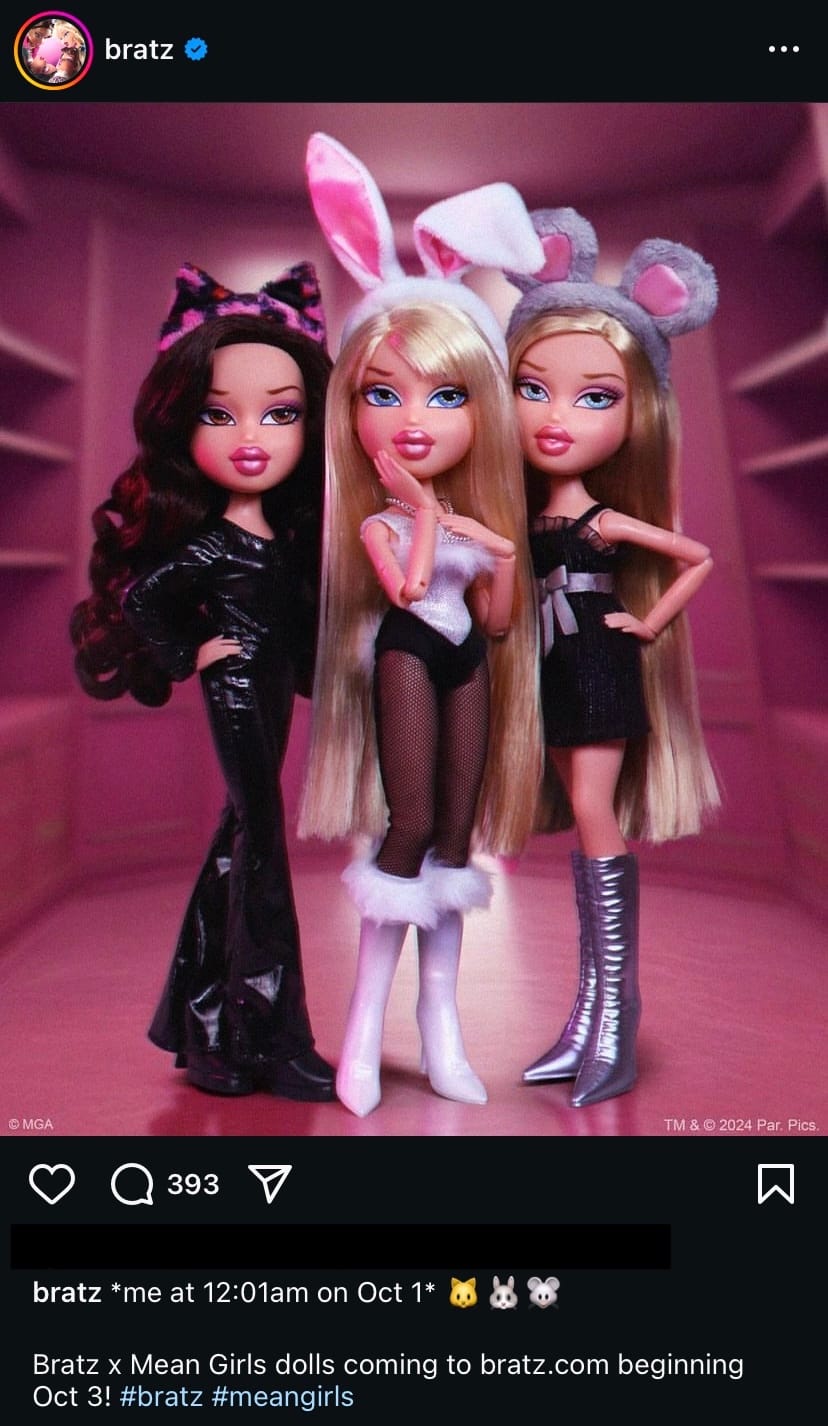
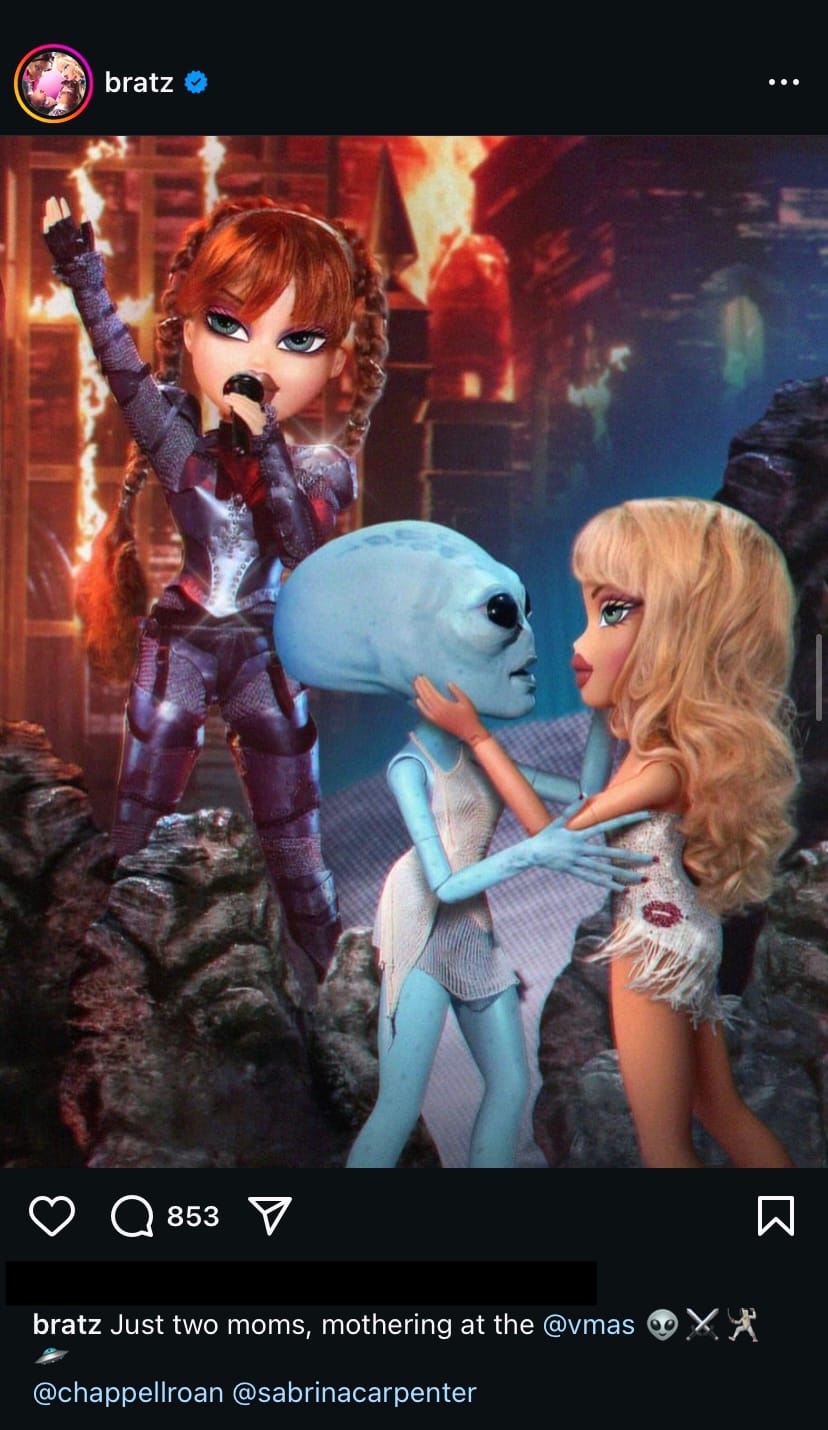
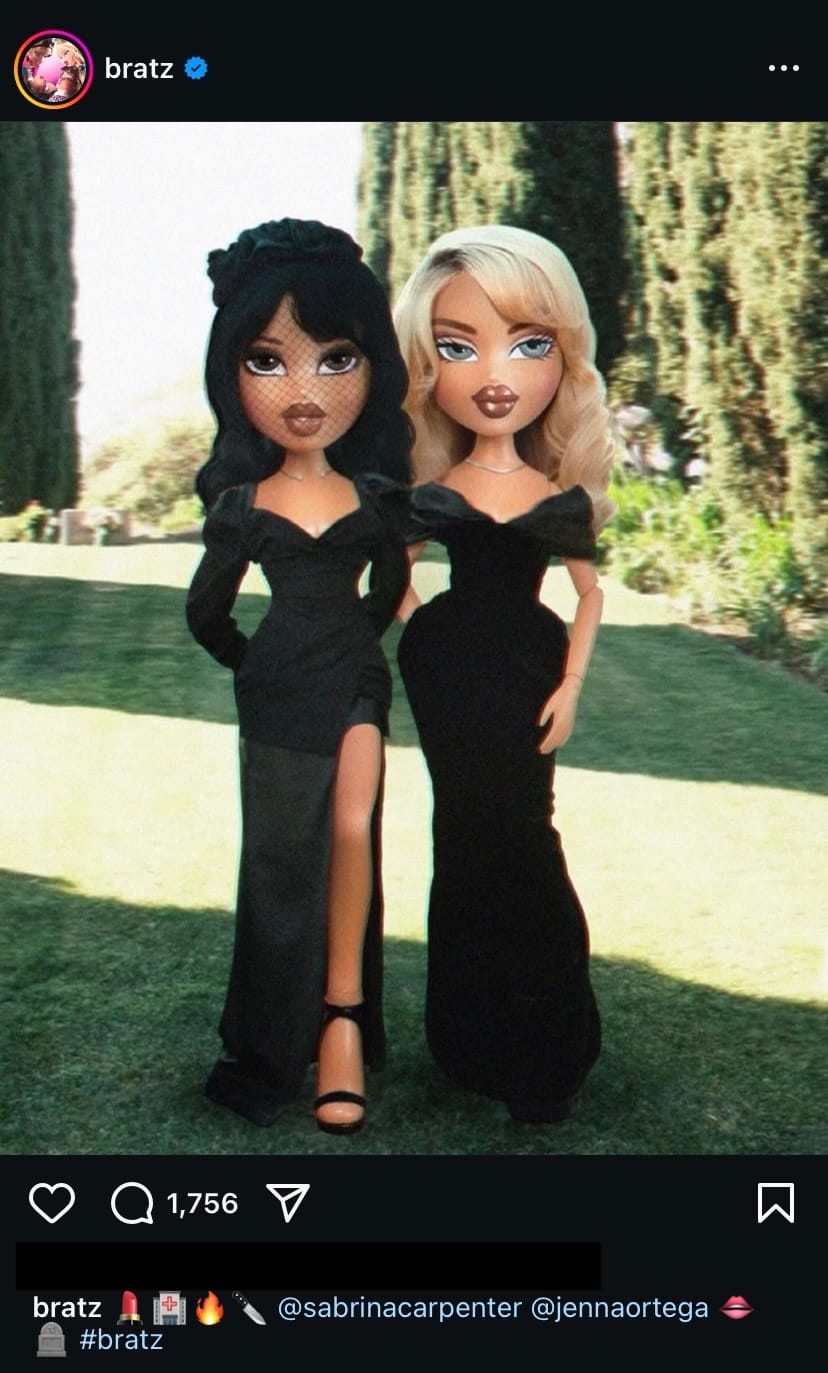
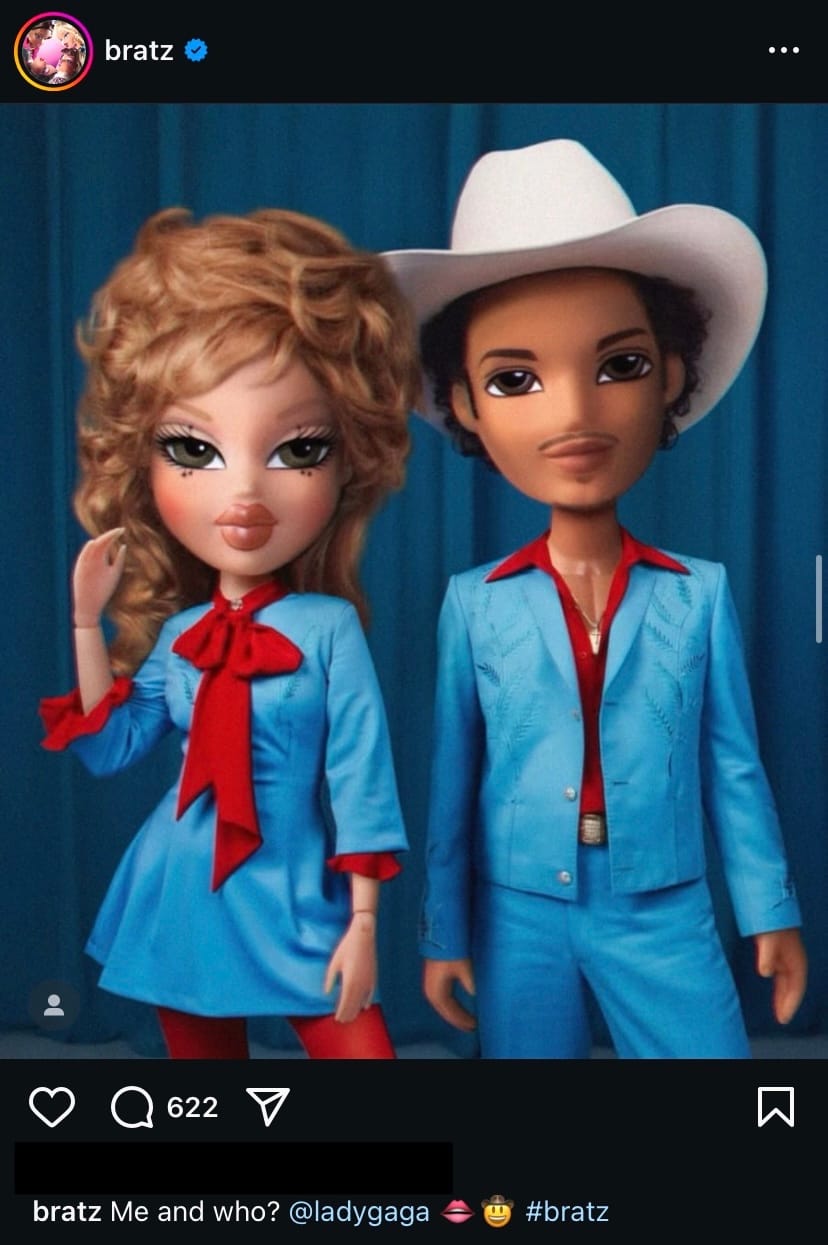
Courtesy of Bratz Instagram
What makes this strategy particularly effective is that Bratz hasn't simply relied on nostalgia – they've evolved while maintaining their core identity. Their social media expertly blends nostalgic content with modern references, creating an emotional connection that resonates across generations.
This approach demonstrates that successful nostalgia marketing isn't about living in the past, but about making a brand's heritage relevant to today's consumers.
Barbie
Following the massive success of the Barbie movie in 2023, a new trend is emerging: the return of flip phones, this time with a pink, Barbie-inspired twist. This revival isn't just about bringing back old technology – it's a calculated move that taps into our deep connection with nostalgia.
Why is this marketing strategy so effective? First, it combines the comfort of nostalgia with modern functionality, appealing to both those who remember the original flip phones and younger consumers interested in unique, retro aesthetics.
Second, in uncertain times, familiar products provide a sense of comfort and stability. Finally, these revivals create organic conversations and social media buzz, as people share their memories and experiences.
This trend suggests that successful tech marketing isn't always about pushing the boundaries of innovation – sometimes, it's about reimagining the past for the present. As we navigate an increasingly digital world, there's a growing appreciation for products that help us connect with our memories while staying current.
Galaxy chocolate
Back in 2023, Galaxy Chocolate launched an advertisement in the UK featuring Audrey Hepburn, with a twist.
The Audrey Hepburn Galaxy chocolate advertisement masterfully leveraged nostalgia marketing by resurrecting an iconic symbol of Hollywood's Golden Age through groundbreaking CGI technology.
Set in 1950s Italy and featuring her timeless version of the song "Moon River" from Breakfast at Tiffany’s (1961), the ad tapped into both genuine nostalgic feelings for older generations and a romanticized view of the past for younger viewers.
Hepburn's timeless elegance and grace perfectly aligned with Galaxy's premium brand positioning, effectively elevating the chocolate into a sophisticated, indulgent treat.
What made this campaign particularly effective was its thoughtful integration of nostalgia beyond mere gimmickry. By creating a cross-generational appeal, the advertisement bridged different age groups - older viewers appreciated seeing their beloved icon again, while younger audiences were introduced to Hepburn's charm in a contemporary context.
The ad offered a brief escape to an idealized past, aligning with the pleasure of chocolate consumption, while its innovative use of technology created something both comfortingly familiar and excitingly novel, ensuring the campaign resonated across multiple demographics.
Tips for effective nostalgia marketing
Now we’ve explored some real life examples of nostalgia marketing and what made them so effective, let’s look at some of the key takeaways and tips you can learn and apply to your own nostalgia marketing strategy.
Know your target audience's "golden era"
Understanding the nostalgic preferences of your target audience is instrumental, as different age groups are drawn to distinct cultural eras. Millennials, for example, are nostalgic for the 90s and early 2000s, recalling pop culture, the early internet, and vintage technology from that period.
Generation X connects with the music, classic video games, and analog experiences of the 1980s. Meanwhile, Baby Boomers often reminisce about the cultural touchpoints of the 60s and 70s.
It's essential that your marketing taps into the specific "golden era" of your audience to create authentic and meaningful connections.
Authenticity is key
Nostalgia should never feel forced, especially if it doesn’t align with your brand’s identity. To resonate with your audience, any nostalgic references must be historically accurate and seamlessly integrated into your messaging.
Instead of merely evoking the past for its own sake, ensure that these nostalgic elements are tied to your current offerings in a meaningful way. Authenticity in both content and delivery will foster a genuine emotional connection with your audience.
Utilize multiple sensory triggers
To create a rich, immersive nostalgic experience, engage multiple senses. Visually, you can incorporate retro packaging or vintage aesthetics to evoke memories. Auditory triggers, such as classic jingles or music from a specific era, can be powerful in reinforcing the sense of nostalgia.
Additionally, tactile elements, like recreating physical experiences from the past, can further enhance the emotional impact of your campaign. Engaging various senses deepens the nostalgic connection and makes the experience more memorable.
Blend old with new
While nostalgia is rooted in the past, it’s important to modernize these elements to keep them relevant for today’s audience. A great way to do this is by creating "then vs. now" narratives that compare past experiences with present-day innovations.
Delivering nostalgic content through contemporary platforms, such as social media, helps bridge the gap between old and new, ensuring your message resonates with modern consumers while still tapping into their sentimental memories.
Have a clear purpose beyond just nostalgia
While nostalgia can be a powerful marketing tool, it should never be the sole focus of your campaign. There needs to be a clear, purposeful message that goes beyond simply evoking memories of the past. Nostalgia should serve as a vehicle to enhance your brand’s value and offerings, creating a meaningful connection that drives engagement, rather than being used as a superficial marketing gimmick.



 Follow us on LinkedIn
Follow us on LinkedIn

